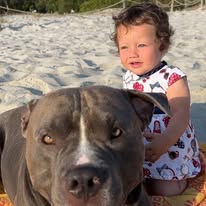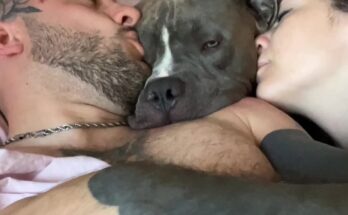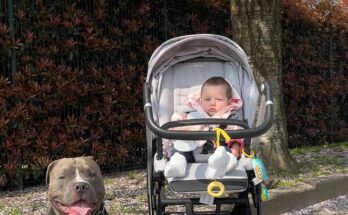Tips for Teaching Your Puppy the Right Way
Training your puppy is essential for creating a strong bond and ensuring they grow into a well-behaved, confident adult dog. The right training techniques promote trust, respect, and good behavior. Here are some tips for effectively teaching your puppy.
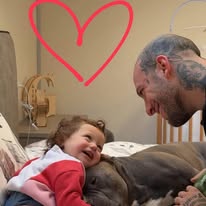
1. Start Early
Puppies are like sponges—they’re highly receptive to learning in their early months. Begin training as soon as you bring your puppy home. Even at eight weeks old, they can start learning basic commands, potty training, and socialization skills.
2. Use Positive Reinforcement
Positive reinforcement is one of the most effective training methods. Reward your puppy with treats, praise, or affection whenever they exhibit good behavior. This encourages them to repeat the action. Avoid punishment, as it can create fear and hinder learning.
3. Be Consistent
Consistency is key to successful training. Use the same commands and cues for specific behaviors, such as “sit” or “stay.” Ensure all family members follow the same rules and use the same terminology to avoid confusing your puppy.
4. Keep Training Sessions Short
Puppies have short attention spans, so limit training sessions to 5–10 minutes at a time. Frequent, brief sessions are more effective than long, drawn-out ones. End each session on a positive note to keep your puppy motivated.
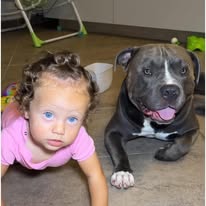
5. Focus on Basic Commands First
Teach basic commands like “sit,” “stay,” “come,” and “leave it” before moving on to more complex tricks. These foundational skills are essential for your puppy’s safety and your ability to manage their behavior.
6. Socialize Your Puppy
Socialization is a crucial part of training. Expose your puppy to different environments, people, and other animals in a controlled and positive manner. This helps them become more adaptable and reduces the risk of fear or aggression later in life.
7. Practice Patience and Persistence
Training takes time, and puppies will make mistakes. Stay patient and persistent, and avoid getting frustrated. If your puppy struggles with a specific command or behavior, break it down into smaller, more manageable steps.
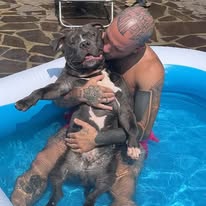
8. Use Crate Training for Potty Training
Crate training can be an effective tool for potty training. Puppies instinctively avoid soiling their sleeping area, so a properly sized crate helps them learn to hold their bladder. Take your puppy outside frequently, especially after meals, naps, and playtime, to establish a routine.
9. Prevent Bad Habits Early
Address undesirable behaviors like biting, chewing, or jumping as soon as they appear. Redirect their attention to appropriate toys or actions and reward them for making the right choice. Ignoring bad behavior and rewarding good behavior is often more effective than punishment.
10. Enroll in a Puppy Training Class
If you’re unsure where to start, consider enrolling in a puppy training class. Professional trainers can guide you through the process and provide tips for handling common challenges.
By starting early, being consistent, and using positive reinforcement, you can teach your puppy the right way to behave and create a loving, lasting bond. A well-trained puppy is not only a joy to be around but also a confident and happy companion.
